The prospect of a Christmas election is one the Scottish Conservatives do not greet with enthusiasm. The party has lost its leader, must fight a Brexit election in a country that voted 62 per cent Remain, and faces an SNP riding high in the polls. It is not difficult to imagine a scenario in which the party is flattened by another 1997-style wipeout. After that election, it took the Tories 20 years to recover their standing north of the border. Another trip to the ballot box will be a retention operation: how many of their 13 seats can the Scottish Tories hold onto?
The SNP could not ask for a better set of circumstances in which to fight an election. Their core vote is likely to hold firm to advance the independence cause while affluent Remainers, currently more concerned about no deal than separation, are looking for a protest vote to send a message to the Tories. It hardly matters that Scexit, Scotland’s exit from the UK, would impart a kicking to the Scottish economy that would make Brexit feel like a deep tissue massage. When you give the voters a choice between competing forms of chaos, you can’t be certain which one they’ll plump for. Another result like, or close to, the 2015 SNP tsunami is a distinct possibility. If you fancy a flutter, stick a tenner on the Nationalists returning at least 45, if not 50, of Scotland’s 59 seats.
If another yellow wave comes, it will sweep away Tory MPs regardless of their stance on the EU. Colin Clark, who ousted Alex Salmond in Gordon two years ago, is a staunch supporter of the Prime Minister’s position on Brexit. The north-east is Scotland’s Brexit heartland but even there Clark may struggle with a majority of 2,600 and a well-organised Lib Dem branch. Paul Masterton, on the other hand, has been a thorn in Boris Johnson’s side, a Remainer who accepted the referendum outcome but held the PM to his promise to get a deal. The East Renfrewshire MP may cause more headaches in Downing Street than any SNP MP but, with a majority south of 5,000 in a constituency that voted 74 per cent Remain, he faces an all-out battle to save his seat.
The SNP isn’t the only threat the Tories have to contend with. The Lib Dems are the only party in Scotland that supports remaining in the UK and the EU, an attractive offering for moderate Tory voters. Jo Swinson is a bit earnest for their tastes but reassuringly middle class. On the far side, the Brexit Party threatens to squeeze the Tory vote from the right. Nigel Farage’s party came second in Scotland in May’s European Parliament elections, claiming almost a quarter-million votes. On a particularly bad night, the Scottish Tories could even struggle to take third place.
Many in the party are glum, others bullish. One MP tells me: ‘If Nicola pitches it as a vote on Indyref2, then that will help. Ultimately people will be made to face an unpalatable choice – do they stick with us, even if they hate our stance on Brexit, or do they switch to the Lib Dems or Brexit Party and let the SNP sneak through the middle with the consequences they know that will bring? It’s not going to be easy, but we are ready and we aren’t going down without a fight. Ultimately the Union remains at stake.’
Another cites four factors that could play in the Tories’ favour: incumbency, a campaign dominated by the independence question, the prospect of Jeremy Corbyn becoming Prime Minister, and a desire among the public for some certainty on Brexit.
The MP said: ‘My belief is that the Scottish Conservatives are still best placed to take on the SNP and in seats across the country beat the SNP. As much as we became the Ruth Davidson Party and Ruth Davidson’s candidates, we have always been more than that. The party is greater than any one individual.’
Yet the same MP was at pains to praise Davidson’s achievements in turning the party around. Even after her departure from the leadership, the Scottish Tories are sending out mailshots featuring her picture in the header, with a personal plea to back the party. They hope to harness her popularity among pro-Union and centre-ground voters scunnered with both Sturgeon and Corbyn. In effect, the Scottish Tories want to pretend that Davidson is still their leader and hope that the voters forget she stood down in part because of her disagreements with Boris over Brexit. It’s a bizarre strategy, but these are bizarre times.
Got something to add? Join the discussion and comment below.
Get 10 issues for just $10
Subscribe to The Spectator Australia today for the next 10 magazine issues, plus full online access, for just $10.

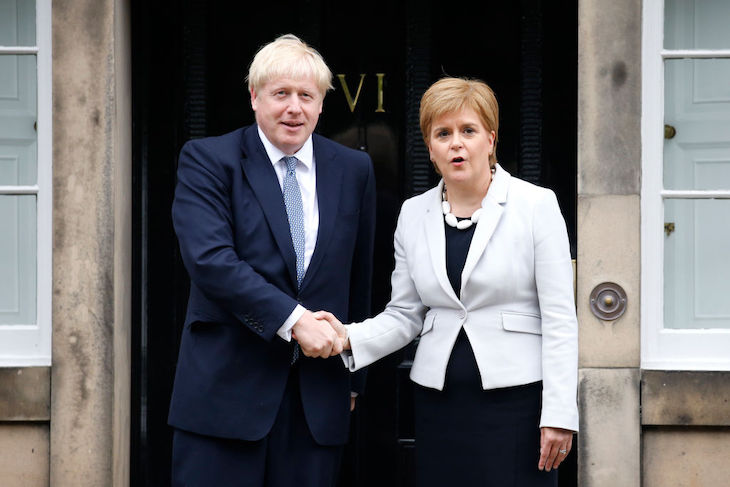

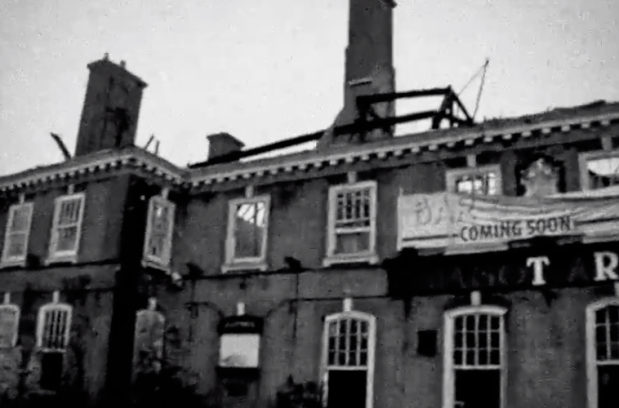
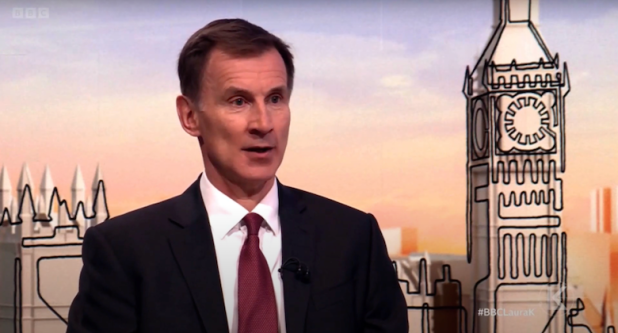
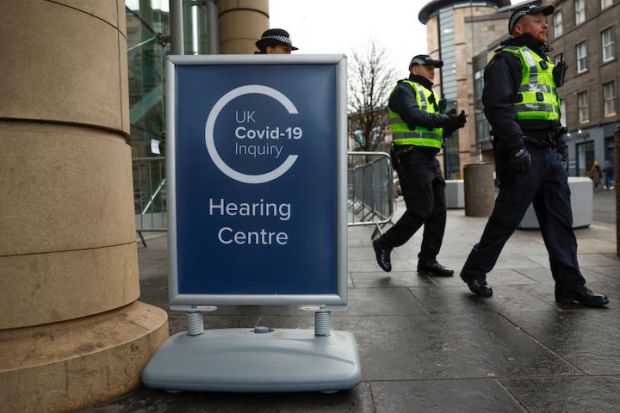
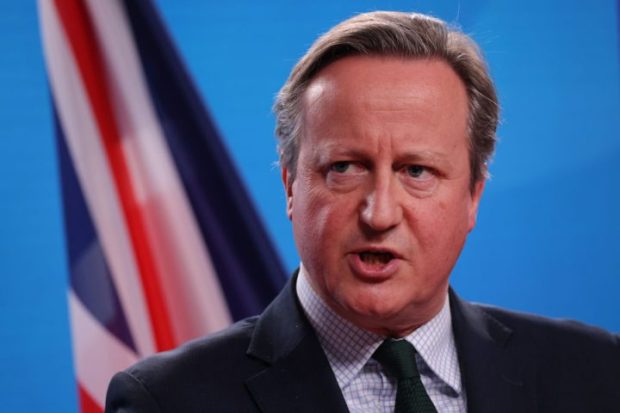













Comments
Don't miss out
Join the conversation with other Spectator Australia readers. Subscribe to leave a comment.
SUBSCRIBEAlready a subscriber? Log in